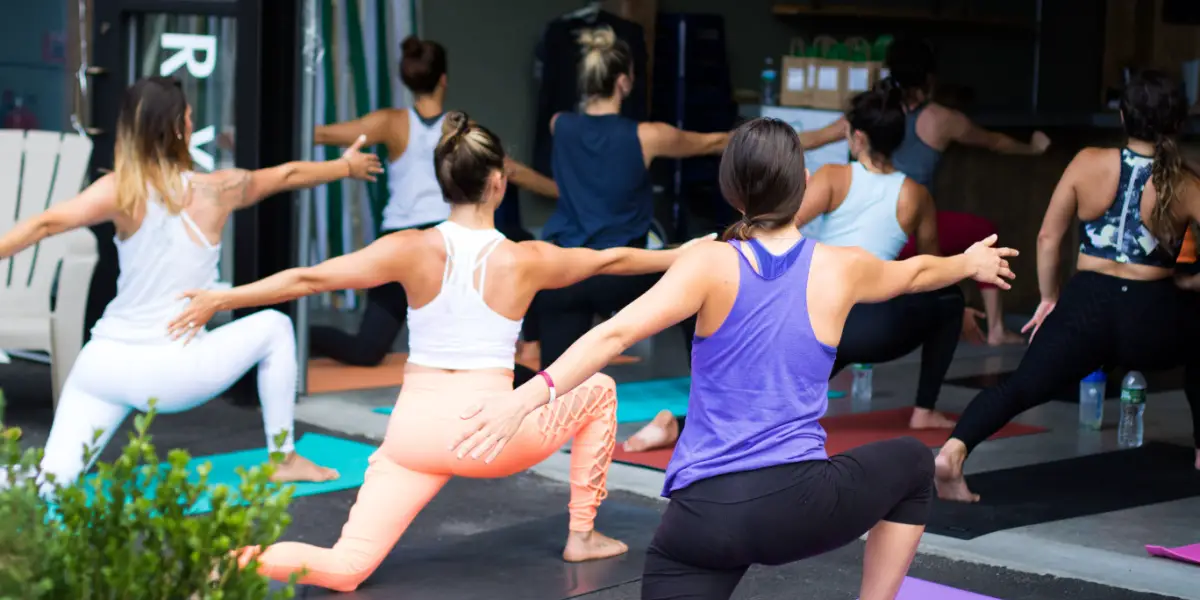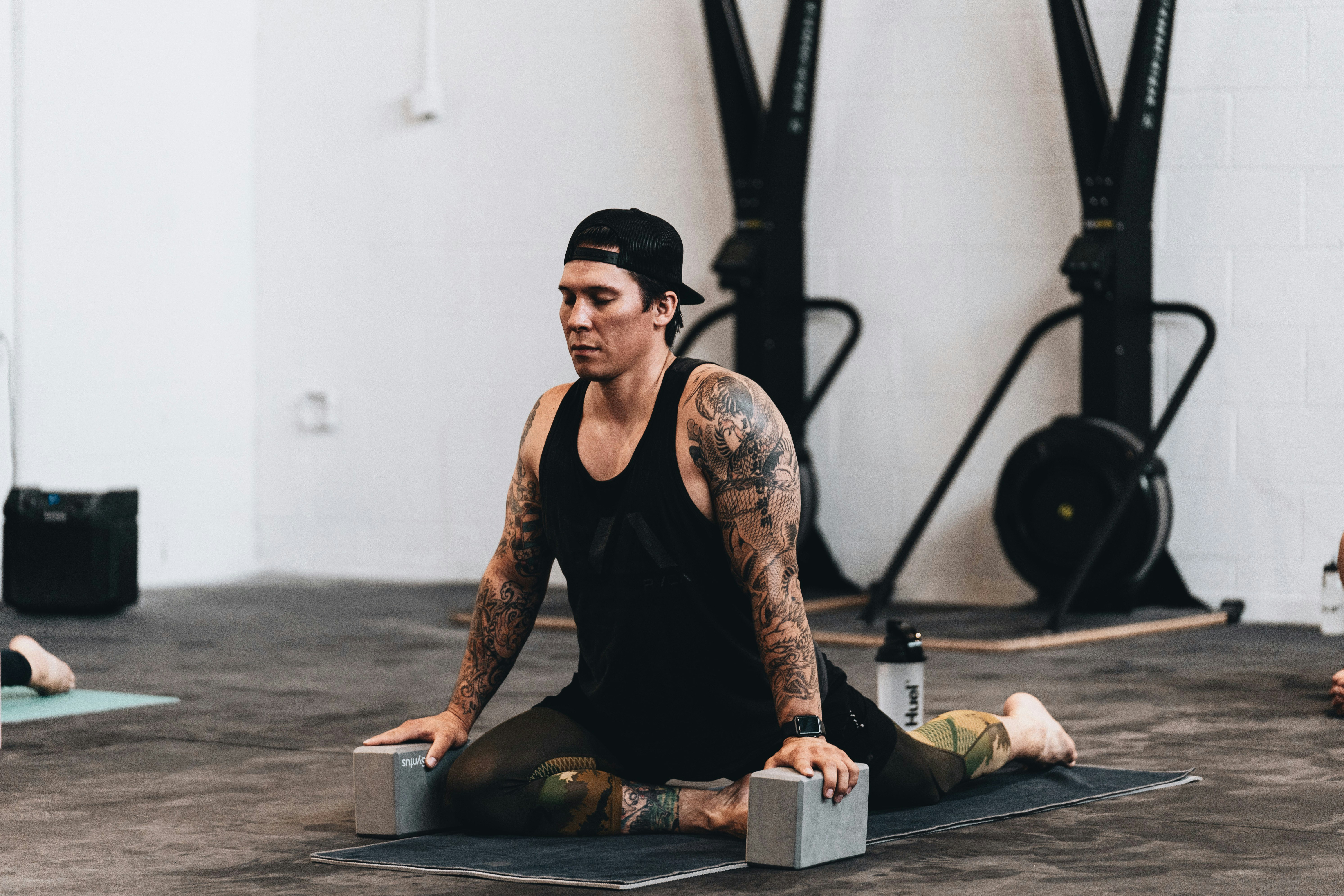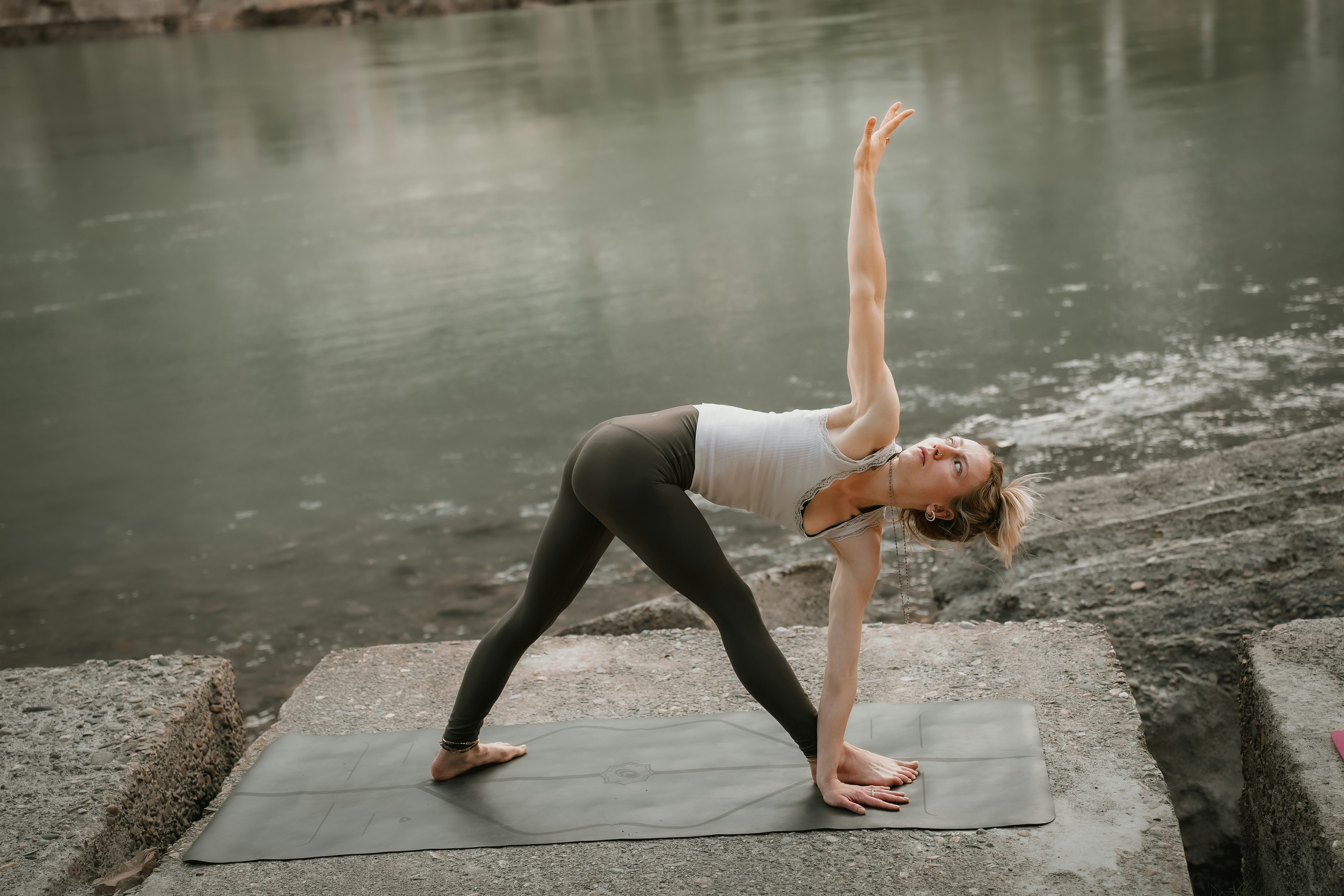Practice
Handling Emergencies in Yoga Class

When I first stepped into the role of a yoga teacher, I imagined guiding students through peaceful sequences with only the occasional need for a minor correction. I never fully appreciated just how essential handling emergencies in yoga class would become in my daily teaching life. Over time, reality showed me that being prepared for the unexpected is just as important as knowing how to cue a perfect downward dog.
Why Being Ready for Emergencies Matters
At the beginning of my teaching career, I assumed that yoga classes were safe spaces where injuries and emergencies were rare. I quickly learned that even the most serene environment can be interrupted by unexpected incidents. Handling emergencies in yoga class is not about assuming the worst but about fostering a space where students feel secure and cared for, no matter what challenges arise.
It took several incidents to understand that preparation isn’t an overreaction — it’s a vital component of being a responsible instructor. Knowing how to stay composed and act swiftly can make a huge difference when things don’t go according to plan.
Types of Emergencies I’ve Encountered During Yoga Sessions
One of my earliest encounters with an emergency involved a student who overstretched during a deep lunge and pulled a hamstring. Witnessing pain emerge so suddenly made it clear that handling emergencies in yoga class often starts with a sharp awareness of students’ limits. I now pay closer attention to each person’s movements and gently remind everyone to honor their body’s boundaries before encouraging deeper stretches.
Having a first-aid kit nearby and being familiar with basic injury protocols became part of my standard preparation after that incident. I realized that being ready with something as simple as an ice pack or a supportive word could ease both pain and anxiety for the injured student.
Medical Conditions That Can Surface Unexpectedly
Another memorable experience involved a student who suddenly became lightheaded during a particularly intense vinyasa flow. She later told me she had a history of blood pressure fluctuations, something I hadn’t known beforehand. That day taught me an important lesson about handling emergencies in yoga class: always take the time to check in with new students about any health issues.
Now, before every class, I encourage open communication about medical histories and remind students that it’s okay to modify poses or take breaks whenever needed.
Emotional and Psychological Crises
Yoga has a unique ability to unlock stored emotions. I’ve had students burst into tears during long-held poses or meditation, surprising both themselves and the rest of the class. Handling emergencies in yoga class doesn’t always involve physical injuries; sometimes it’s about supporting someone through an emotional release.
In those moments, I approach the student quietly, offering tissues or simply sitting nearby as a comforting presence. I never rush them or demand explanations — instead, I give them the freedom to experience and process their emotions at their own pace.
How I Approach Handling Emergencies in Yoga Class
One of the first things I learned was that my response sets the tone for the entire room. If I panic, others will too. Whenever something goes wrong, I ground myself by taking a deep breath and mentally centering before addressing the situation. Handling emergencies in yoga class is easier when I remain composed and steady, offering a source of calm for everyone present.
Seeking Help When Necessary
There have been times when I needed extra support, such as calling emergency services or asking a more experienced student for assistance. I learned early that I don’t have to shoulder everything alone. Part of handling emergencies in yoga class is recognizing when outside help is necessary and acting quickly to secure it.
Offering Immediate and Appropriate Assistance
Depending on the nature of the emergency, my response varies. If someone experiences a minor injury, I help them find a comfortable resting position and recommend professional medical advice if needed. In cases of faintness or dizziness, I guide them to lie down with their legs elevated and ensure they hydrate. For emotional outbursts, I offer a quiet space for recovery and check in privately afterward.
Having a flexible approach allows me to respond to the unique needs of each individual, reinforcing a feeling of safety and support in the class.
Following Up After the Incident
After an emergency, I always make sure to document what happened and reflect on how it was handled. This practice helps me improve my readiness and ensures there is a clear record if any follow-up is required. Handling emergencies in yoga class has taught me that learning never stops, and every situation brings an opportunity to grow.
Practical Tools That Support Emergency Preparedness
Getting certified in first aid and CPR was one of the smartest investments I made early in my career. Those skills gave me the confidence to step in decisively during critical moments. Handling emergencies in yoga class feels far less overwhelming when I know I’m equipped to provide immediate and effective assistance.
Having an Emergency Plan for Every Class
Before each session, I take a few moments to review emergency exit routes, the location of my phone, and where I’ve placed the first-aid kit. Having a mental checklist ready allows me to respond faster when every second counts. Clear plans remove hesitation and make my reactions more instinctive during stressful events.
Building Trust Through Open Communication
One of the best ways I’ve found to minimize emergencies is by encouraging students to be honest about how they’re feeling, both physically and emotionally. By creating an open dialogue, students are more likely to speak up before a small discomfort turns into a big issue. Handling emergencies in yoga class often starts with good communication and mutual trust.
Valuable Lessons I’ve Gained from Real-Life Experiences
There have been times when I sensed something was wrong even before a student admitted it. Trusting my intuition has been a crucial part of handling emergencies in yoga class. If I notice someone looking unusually fatigued, stressed, or off-balance, I check in with them rather than assuming everything is fine.
Embracing Flexibility and Humility
No matter how much experience I gain, I know I’ll never have all the answers. Emergencies come in many forms, and they often demand quick thinking and creative problem-solving. Embracing flexibility and staying humble keeps me open to learning from every experience, strengthening my ability to support my students better each time.
Conclusion
Handling emergencies in yoga class has transformed the way I approach teaching. It’s not only about perfecting poses or crafting seamless flows but also about fostering an environment of safety, compassion, and trust. When emergencies arise, my role is to remain calm, act with clarity, and care deeply for the people in my class.
Each challenge has helped me grow both as an instructor and as a human being. Being prepared, staying present, and responding with an open heart allows me to turn unpredictable moments into opportunities for deeper connection and healing — both for myself and for my students.










